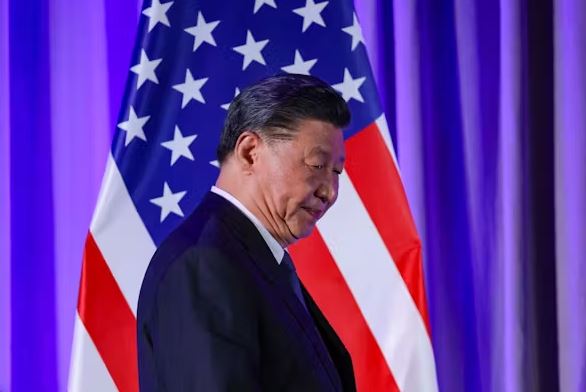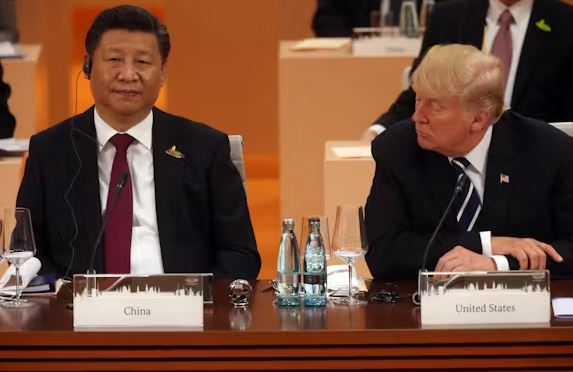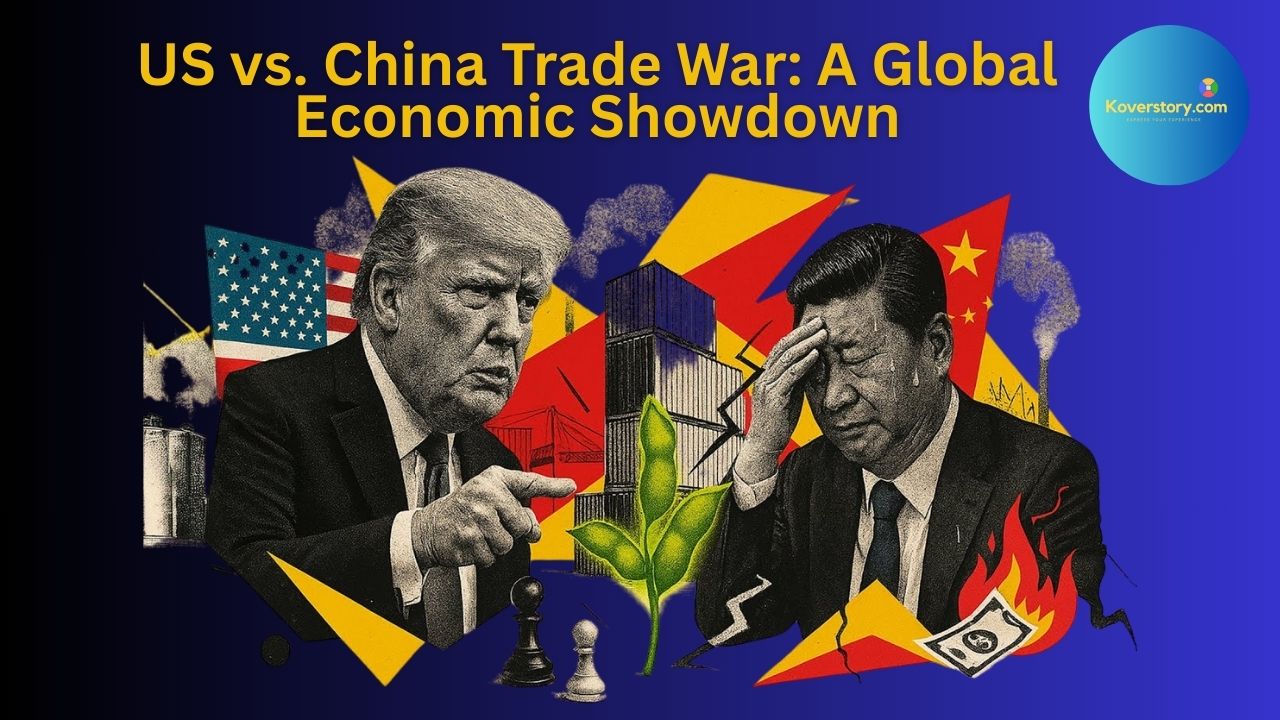US vs. China Trade War: A Global Economic Showdown
Trade relations between the United States and China have expanded significantly over the past few decades, proving essential for both nations. Currently, China ranks as one of the largest markets for U.S. exports, second only to Mexico, while the United States serves as China’s primary export market. This trade, which saw substantial growth following China’s accession to the World Trade Organization (WTO) in 2001, has resulted in lower prices for American consumers and increased profits for U.S. businesses. However, it has also led to challenges, particularly the loss of American jobs attributed to import competition, automation, and the relocation of manufacturing by multinational corporations abroad.
Since the onset of the trade conflict initiated by President Donald Trump in 2018, economic tensions between Washington and Beijing have escalated. Chinese officials have cautioned that there are “no winners” in a trade or tariff conflict, although President Joe Biden has maintained several of Trump’s policies.
In the early months of his second term, Trump has threatened to impose tariffs as high as 145 percent on all Chinese imports, while Beijing has responded with retaliatory tariffs on U.S. goods reaching up to 125 percent. The Trump administration argues that these tariffs are intended to penalize China for unfair trade practices, including subsidies that disadvantage American workers and the persistent allegation that Beijing coerces U.S. companies into transferring their technology and intellectual property, alongside China’s involvement in illegal fentanyl trafficking. Nevertheless, some economists express scepticisms regarding the effectiveness of Trump’s strategy, raising concerns that such tariffs may lead to increased inflation and higher costs for consumers and exports in the United States.

The United States and China represent the two largest economies globally, and the dynamics of their trade relationship have significant repercussions for both nations and the international economy. Together, they accounted for 43 percent of the world’s gross domestic product (GDP) and nearly 48 percent of global manufacturing output in 2023, as reported by the World Bank. China ranks as the third-largest export destination for the United States, following Canada and Mexico, with U.S. exports surpassing $195 billion in 2024. Although the U.S. trade deficit with China that year was $295 billion—the lowest since 2009—it remains the largest trade deficit the United States has with any single country.
In terms of imports, Chinese products constitute approximately 13.5 percent of the market, just behind Mexico. A significant portion of these imports includes technology items such as computers, electric batteries, and video displays. Additionally, China holds a considerable amount of U.S. treasury bonds, around $760 billion, making it the second-largest foreign creditor to the United States, following Japan.
This trade war has evolved into a technological battleground. The U.S. has restricted China’s access to advanced semiconductor technologies, impacting companies like NVIDIA and Micron. In retaliation, China has imposed export controls on rare earth metals, essential for electronics and green technologies. This technological rivalry extends to sectors like AI and 5G, where both nations vie for supremacy.
It has disrupted global supply chains, prompting companies to diversify away from China. Southeast Asian nations, particularly Vietnam, have emerged as alternative manufacturing hubs. However, this shift comes with challenges, including rising costs and increased trade scrutiny.

Despite the global economic turmoil, India is expected to remain stable. Goldman Sachs predicts a 6.3% GDP growth for India in 2025, with minimal impact from the US-China trade. India’s diversified trade relationships and growing domestic market provide resilience against external shocks.
The US-China trade war signifies a shift towards protectionism, technological competition, and realignment of global trade networks. a mega-regional trade agreement that it billed as a way to confront China on trade. President Trump withdrew from the TPP in 2017 after taking his oath.





